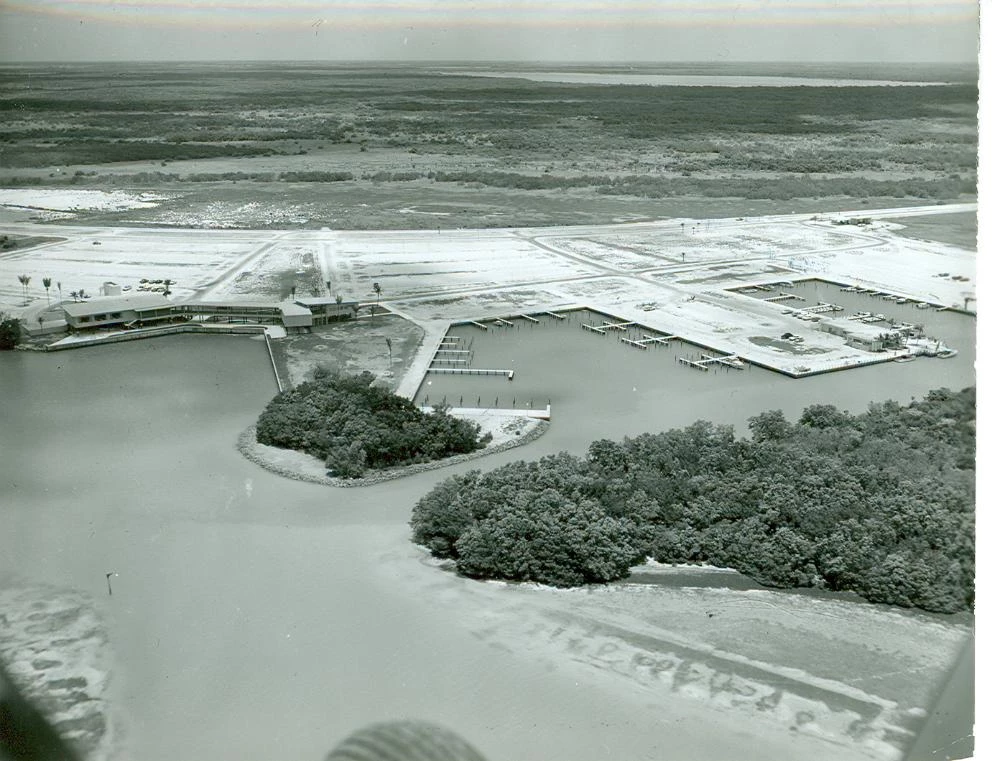What Was Mission 66?
The National Park Service developed Mission 66 in the middle of the 1900s to expand visitor services and "modernize" park facilities. It followed the development of the US highway system and coincided with the creation of the first interstate highways. After World War II, the availablity of affordable cars after World War II, increases in income, and better roads combined to spur automobile-borne tourism. Consequently, Americans visited the national parks like never before. But the parks were not equipped to handle the growing visitation. In fact, visitation to the units in the National Park System increased from 17 million in 1940 to 56 million in 1956.

NPS photo (EVER 12280)
Conrad Wirth, then the National Park Service director, proposed the Mission 66 program to Congress in 1955. It was a ten-year project to be completed in 1966 for the 50th anniversary of the National Park Service. In 1956, the program gained the backing of President Dwight D. Eisenhower and was funded by Congress.

NPS photo (EVER 18880)
Construction in the Everglades before World War II
Prior to the completion of the Ingraham Highway (the main park road today) this dirt road, known as the Old Ingraham Highway, would be used to reach the isolated area of Flamingo. The completion of more durable roadways, like the Ingraham Highway, helped to bring visitors to new areas. Subsequently, the National Park Service needed more facilities to accommodate the increase in visitation.

NPS photo (EVER 307214)
Mission 66 included much needed upgrades to roads, utilities, restrooms, campgrounds, employee housing, and other essential infrastructure. However, the most noticeable change was a whole new category of park building, the visitor center. Visitor centers were a new concept, serving as the main point of contact between the park and the visitors. Visitors could have questions answered, attend interpretive programs, and orient themselves to the park all in one stop. Uniting functions in a single building would allow for the parks to handle the greatly increased demand more efficiently.
Birth of the Modern National Park
-
 Mission 66 in the National Parks
Mission 66 in the National ParksMission 66 buildings dot the landscapes of many national park units.
-
 Mission 66 in Everglades National Park
Mission 66 in Everglades National ParkIn Everglades National Park, Mission 66 buildings emerged in Shark Valley and Flamingo, adding modern touches to the natural landscapes.
-
 Flamingo Lodge Debate
Flamingo Lodge DebateMission 66 prompted a debate about wilderness and uses of the national parks.
-
 Souvenir Culture
Souvenir CultureFlamingo celebrated the automobile culture, including souvenirs that commemorated Americans' travels from park to park.
Last updated: July 16, 2024
